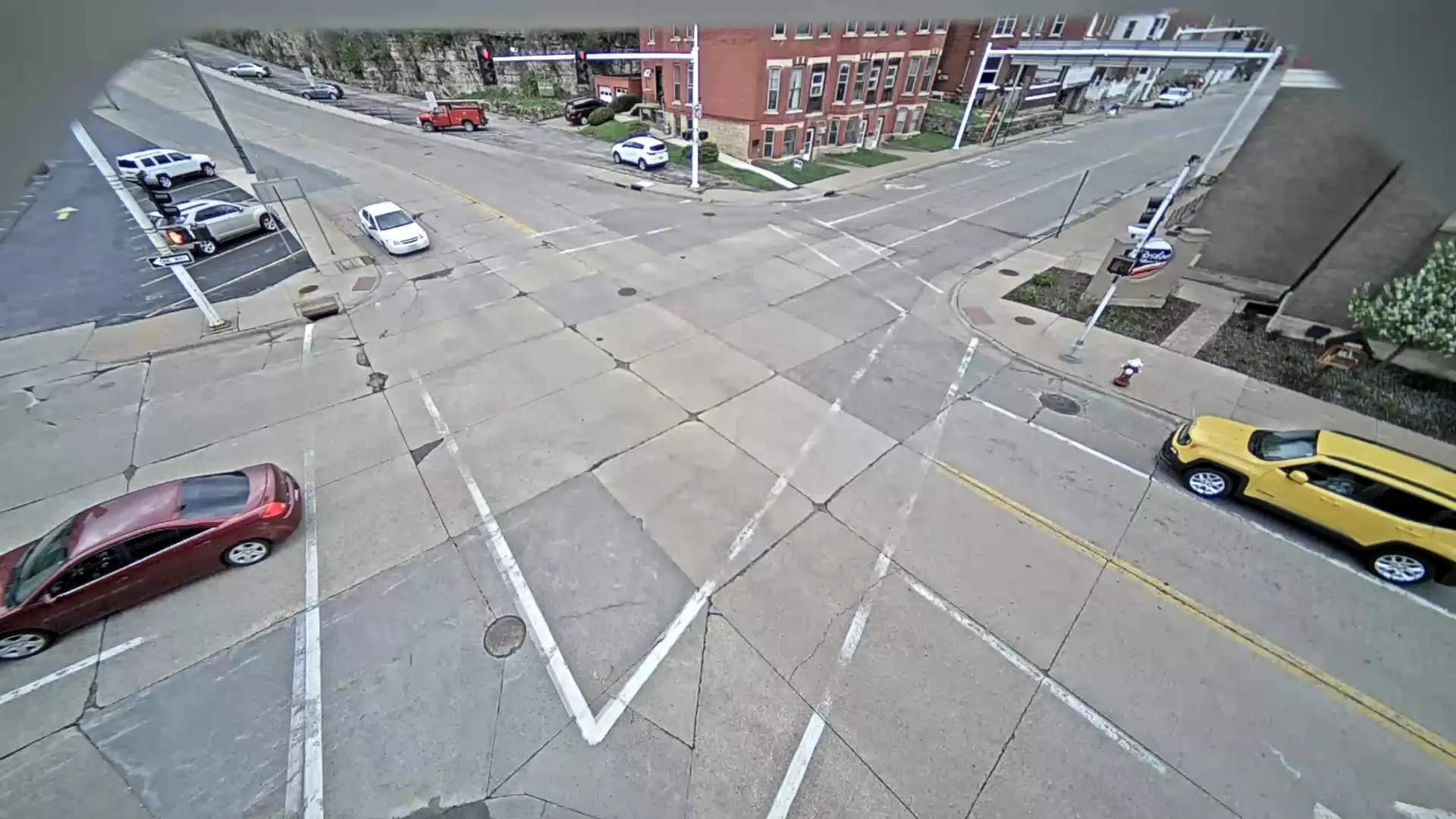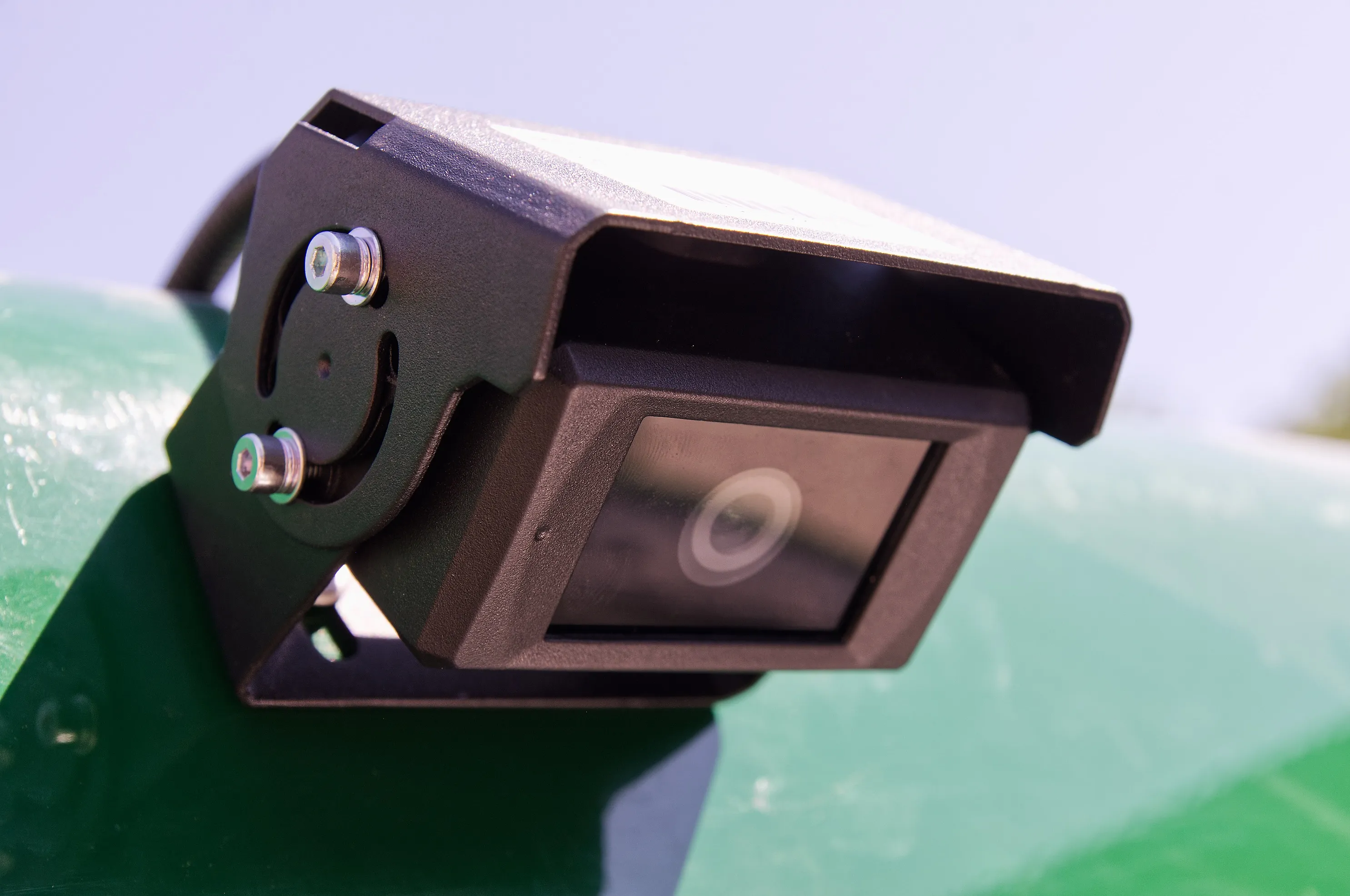
UK manufacturer of temporary, solar powered variable message signs (VMS),
Designed to show limited amounts of information, such as speed roundels, at just 600mm x 600mm, the free-standing, 12v battery-powered device is the smallest VMS in Bartco’s portfolio.
Bartco is also launching what it believes may be the first two-colour VMS of its size to feature a 126 pixel x 84 pixel dual colour matrix. The 2,730mm x 1,850mm HD VMS-C offers higher resolution than standard VMS, and was developed to enable traffic management firms to clearly display - in high-impact red and white rather than standard amber - information regarding up to five lanes.










